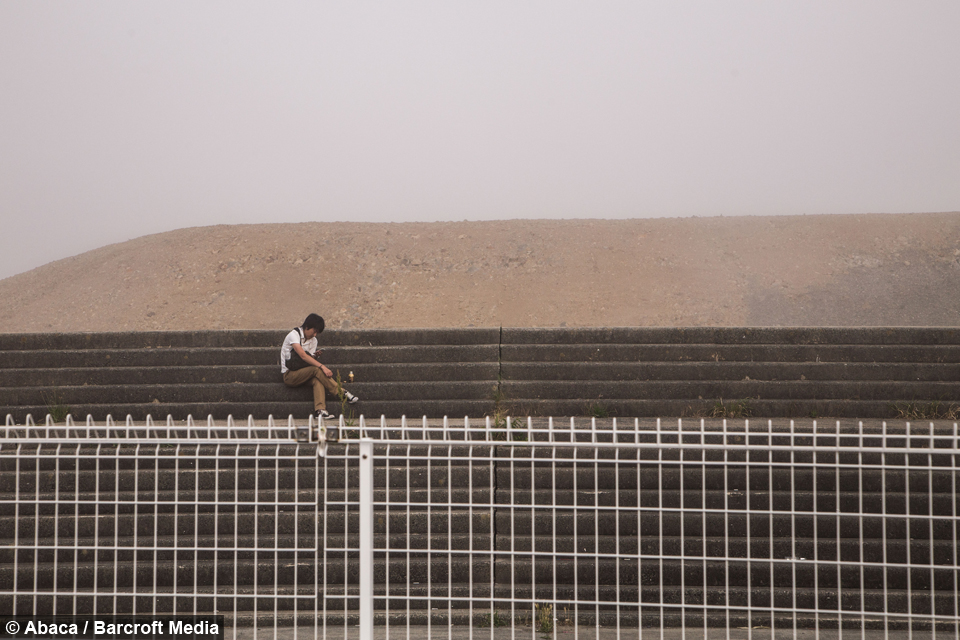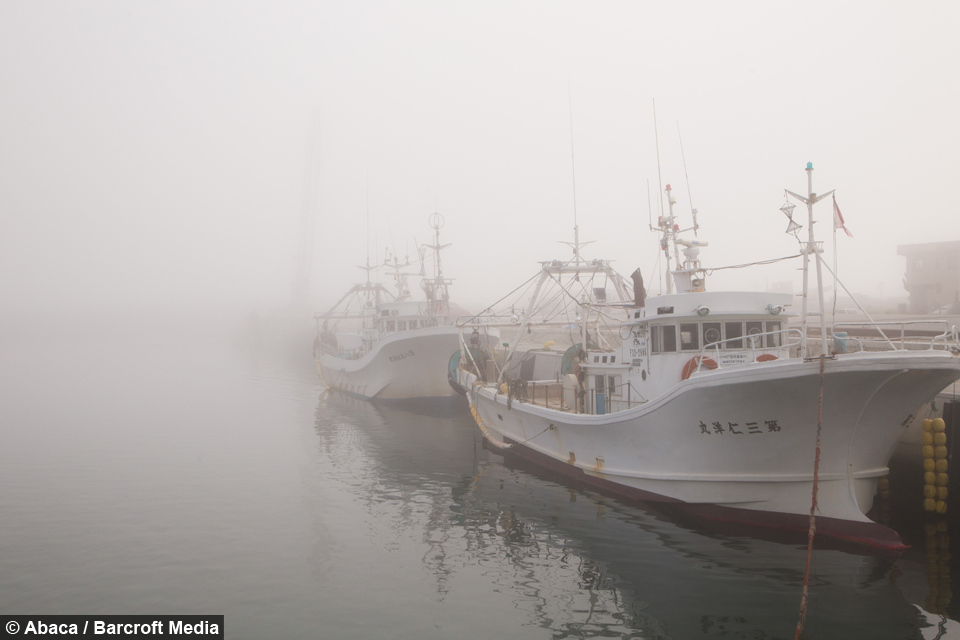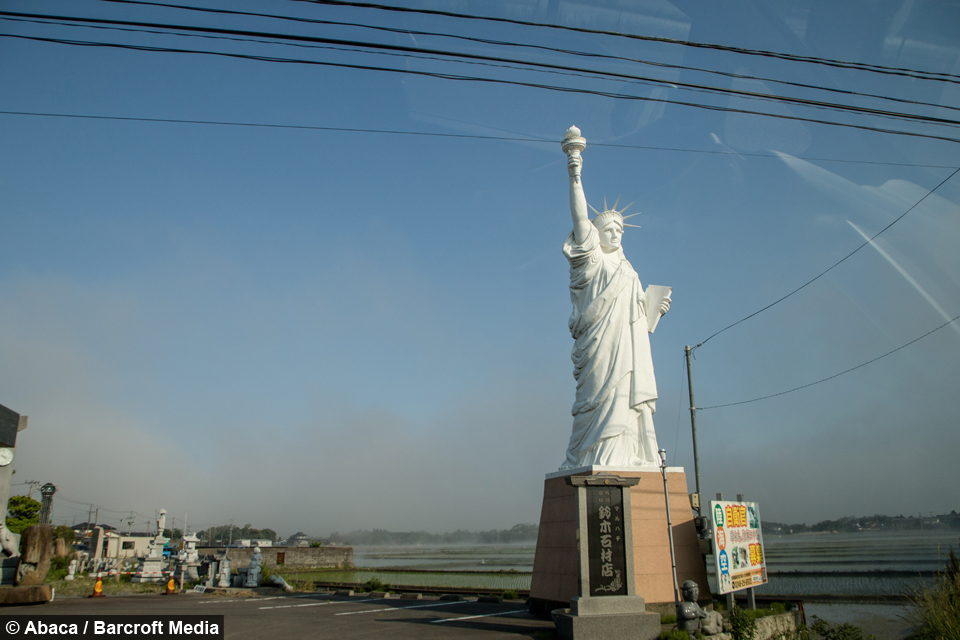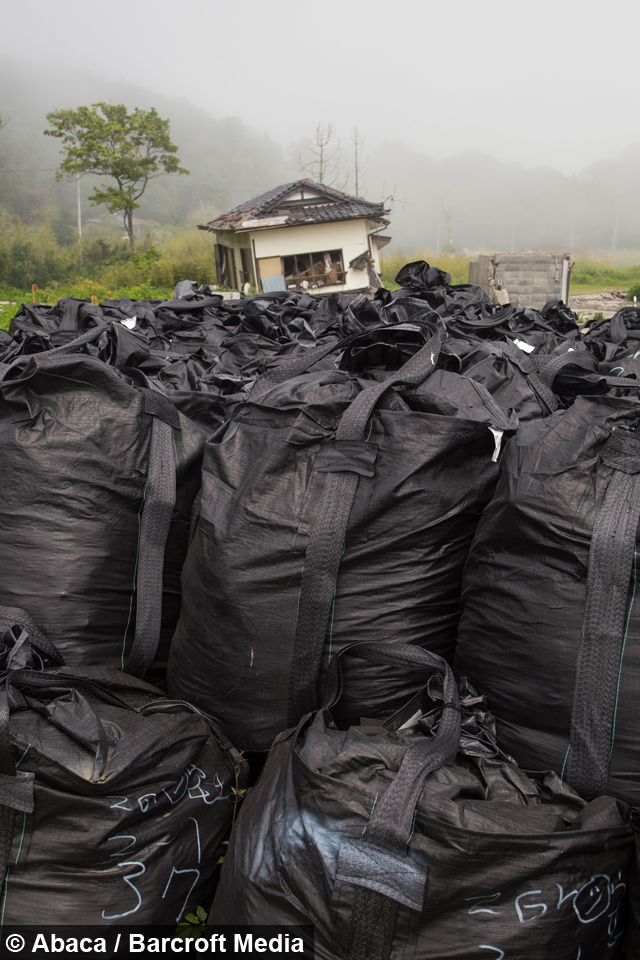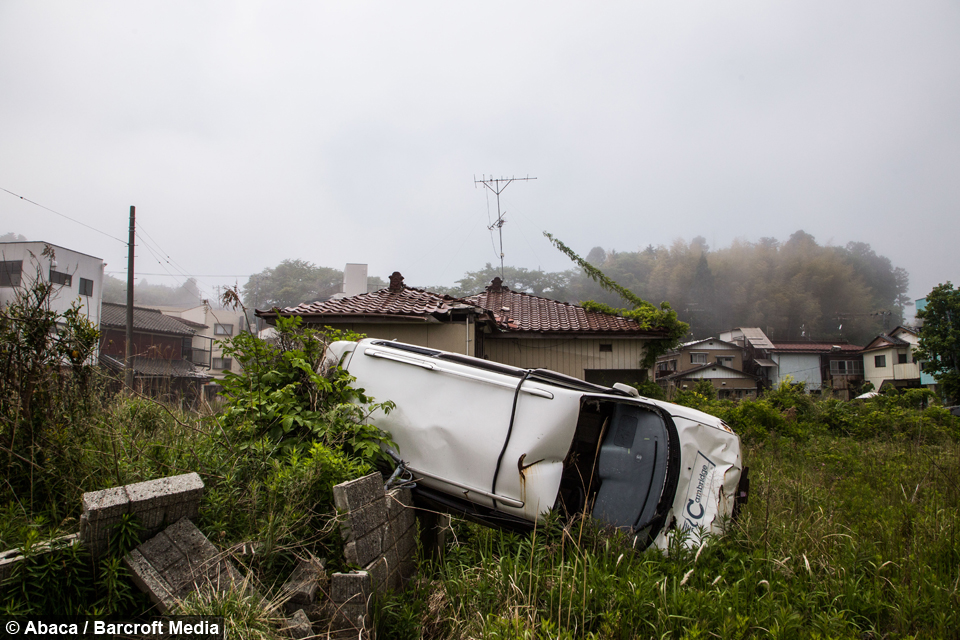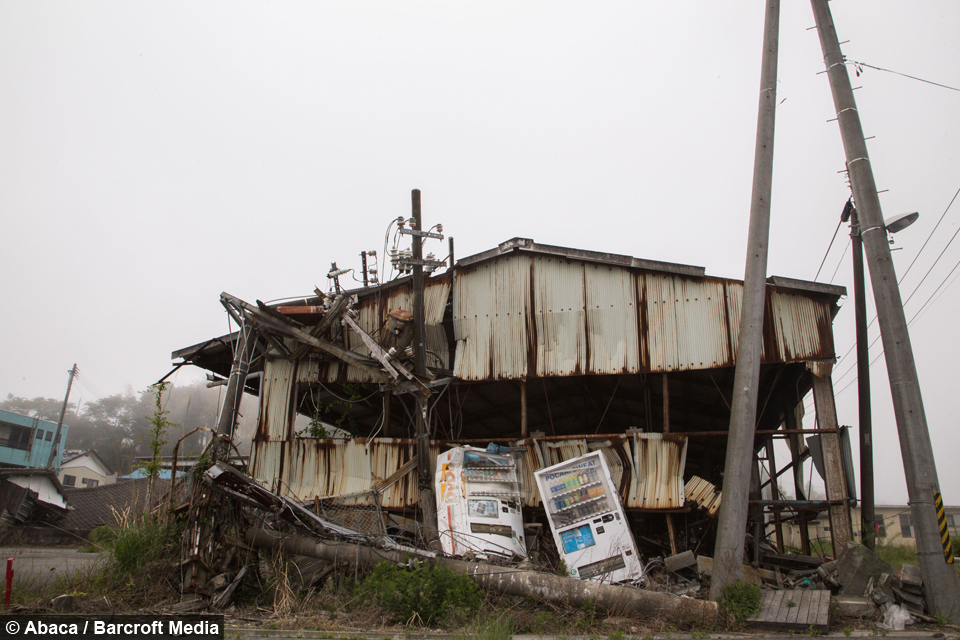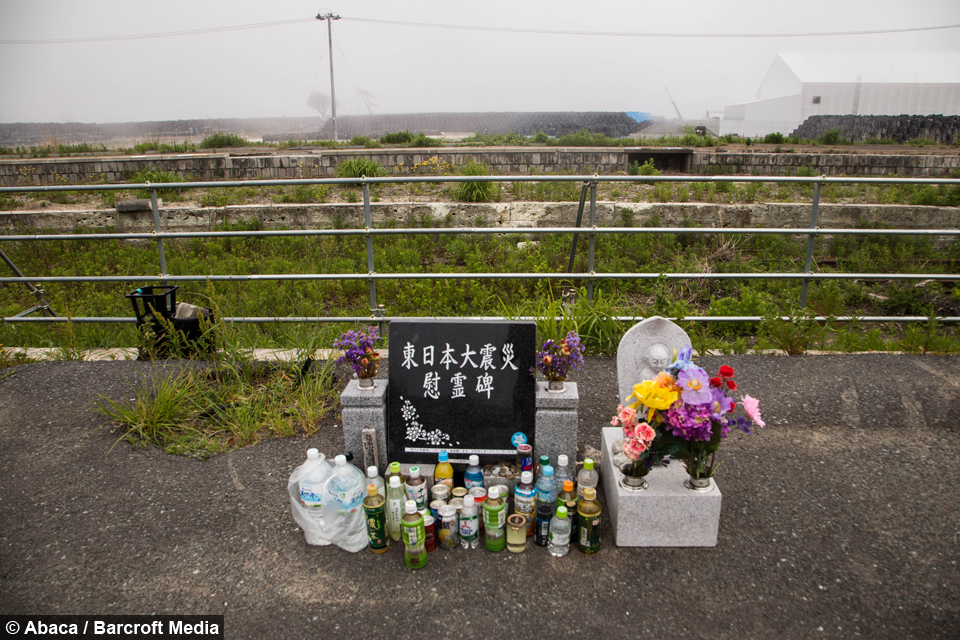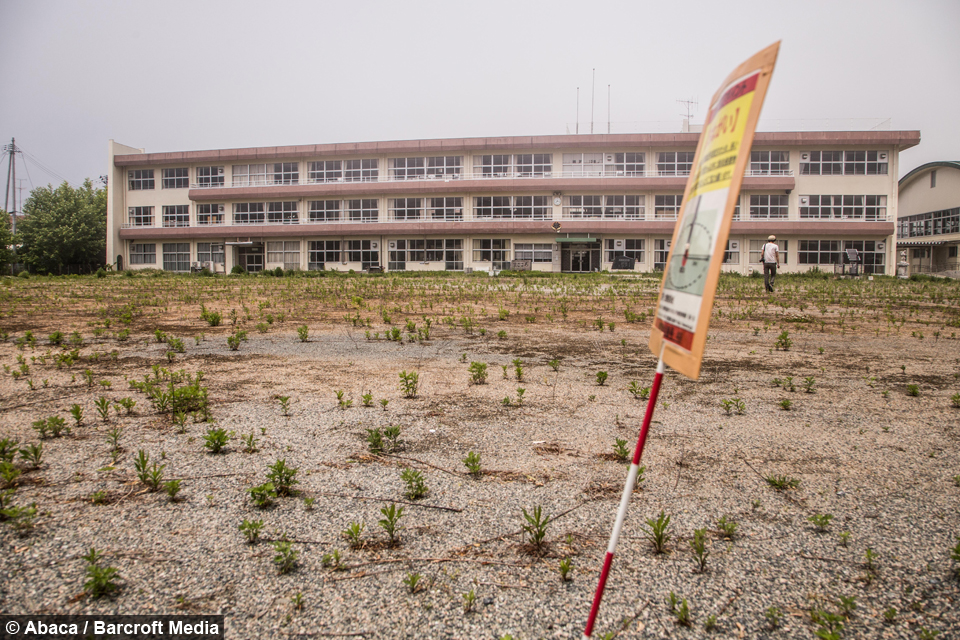Ghost Town: Abandoned Areas Around Fukushima Pictured Four Years After Nuclear Meltdown
By Tom Gillespie @TomGillespie1
Scroll down for the full story
Images from forbidden zones show decontamination and construction workers, many of whom used to live in the towns, employed as part of a government funded clean-up operation.
One poignant photo shows a flower memorial to a victim of the tsunami, which caused three of six reactors in the Fukushima 1 Nuclear Power Plant into meltdown.
Photographer Pierre Boutier shot images of people who have been allowed into the forbidden zones, to help restore the areas back to civilian use.
He said: “More than 3,000 workers are busy every day in the off-limits areas for cleaning tasks.
“Without further possibilities of making a living after fishing was prohibited as well as the culture of risky rice fields was prohibited the only option is to become a cleaner."
Pierre also photographed the town of Naraha 20km from the nuclear plant - an off-limits zone which only decontamination and reconstruction workers have access to.
One of the worst affected places is the city of Tomioka, where thousands of tons of radioactive waste is stored next to a destroyed railway station.
Pierre, who took the photos on May 26, continued: "The marks of earthquake and tsunami are still present.
“The torn apart houses are still visible as well as the overturned cars, evoking the violence of the disaster that took place four years ago.
"Even a primary school has become the storage location for nuclear waste."
The nuclear meltdown in 2011 was the result of a tsunami caused by a magnitude nine earthquake off the coast of Tohuku in Japan, which struck on March 11 causing reactors to leak a day later.
According to the World Nuclear Association there were no deaths caused by the radiation but the confirmed death toll of the tsunami is 15,890.

